Biodiversity at Batts Combe quarry
Batts Combe Quarry lies within the Mendip Hills Area of Outstanding Natural Beauty and within the quarry land holding there are important, biodiverse habitats including woodland and calcareous grassland plus The Perch, a Site of Special Scientific Interest.
The quarrying industry was once seen as a block on habitat and species connectivity in Mendip, however over the past 20 years much work has been done by Heidelberg Materials UK and nature conservation groups to identify and implement the potential that quarry restoration and management of large holdings have for large-scale landscape connectivity. This work resulted in Batts Combe Quarry winning the 2015 Mineral Products Association, Landscape Scale Biodiversity Contribution Award.
Projects that have helped to contribute to the habitat principles of ‘bigger, better and more joined up’ in Mendip by Heidelberg Materials and ultimately to winning the biodiversity award included:
- Close partnership with a number of conservation bodies including Somerset Wildlife Trust, RSPB, Natural England, Farm and Wildlife Advisory Group and Butterfly Conservation.
- Large scale scrub clearance on the Perch SSSI and other areas of important grassland habitats to prevent scrub from destroying grassland communities. Scrub clearance is followed up by management through cattle grazing and fences and water is installed to facilitate this.
- Tree planting on quarry benches and the perimeter to provide habitat corridors for dormice and bats.
- Use of green hay instead of bought seed mixes, which was collected from important meadows within the quarry and used to seed quarry restoration projects. This project led to a Natural After Minerals conference event to disseminate useful practical knowledge.
- A woodland management plan has been drawn up to manage Heidelberg Materials woodland, to reintroduce old coppicing regimes for the benefit of wildlife including birds and dormice.
- Plants such as the Cheddar Whitebeam and Cheddar Pink (found only in Cheddar) have been cultivated by Heidelberg Materials and used in the restoration of quarry benches.
- Habitat and species surveys have been carried out in partnership with the Somerset Wildlife Trust and Natural England to map the site’s habitats e.g. lowland meadow and species e.g. dormice.
Going forward work will continue in line with the site’s Biodiversity Action Plan and Woodland Management Plan and will focus on maintaining the scrub cleared grassland habitats, carry out woodland coppicing and thinning operations, remove non-native tree species and continue species monitoring.
Downloads
Locations
More info by clicking the pins

Large scale scrub clearance on the Perch SSSI and other areas of important grassland habitats to prevent scrub from destroying grassland communities.
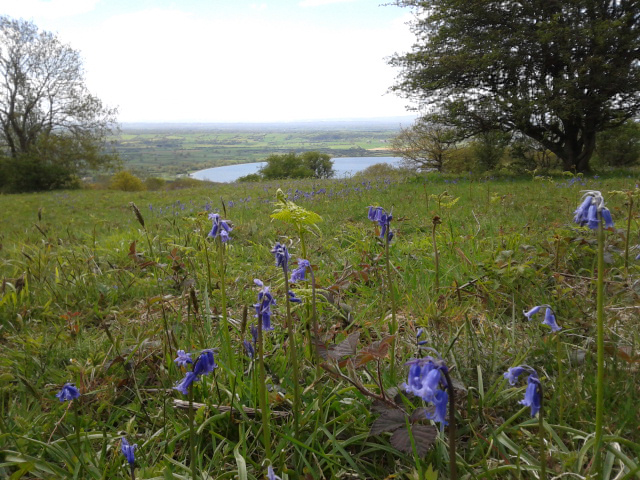
Scrub clearance is followed up by management through cattle grazing and fences and water is installed to facilitate this..
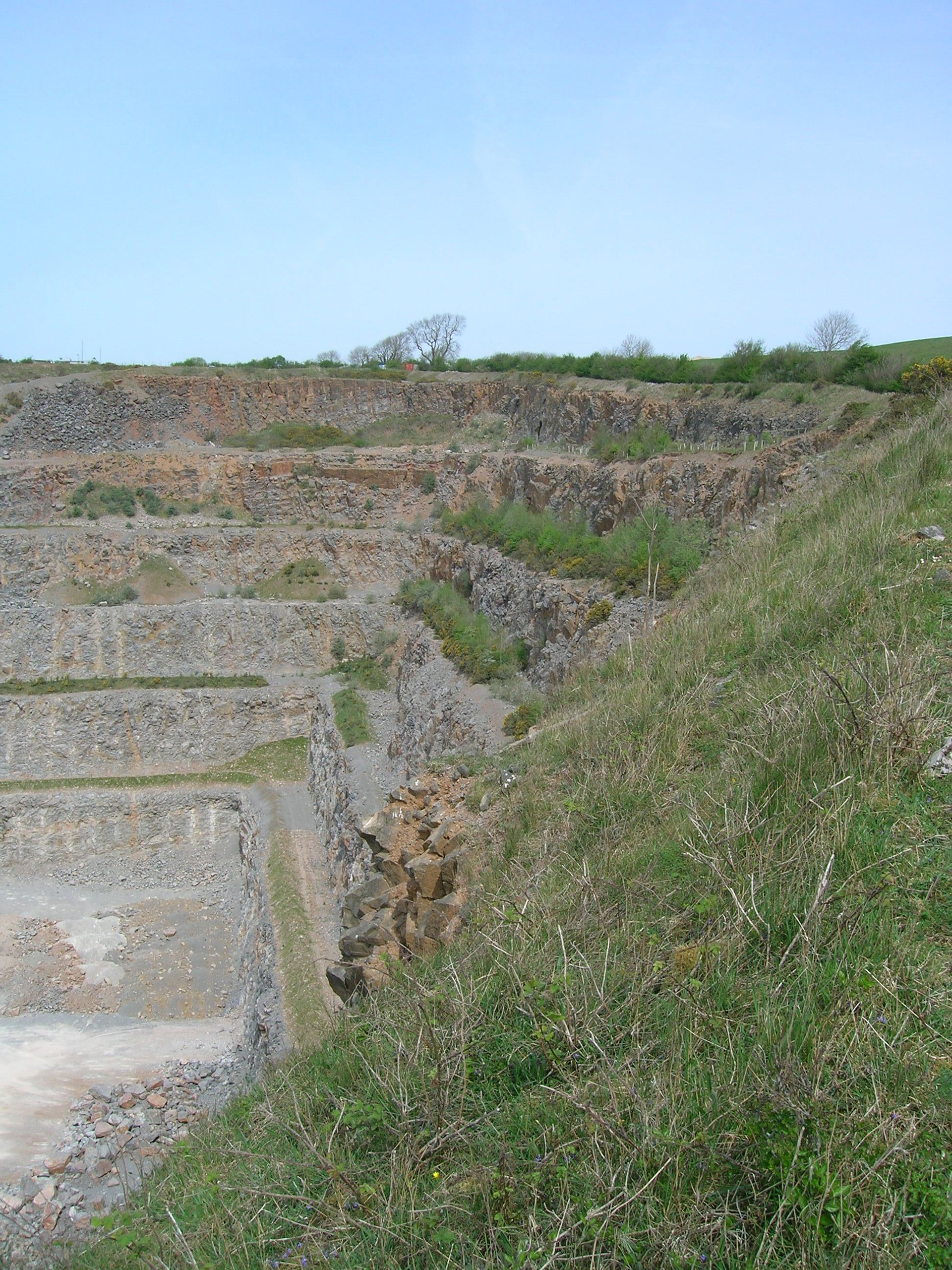
Tree planting on quarry benches and the perimeter to provide habitat corridors for dormice and bats.
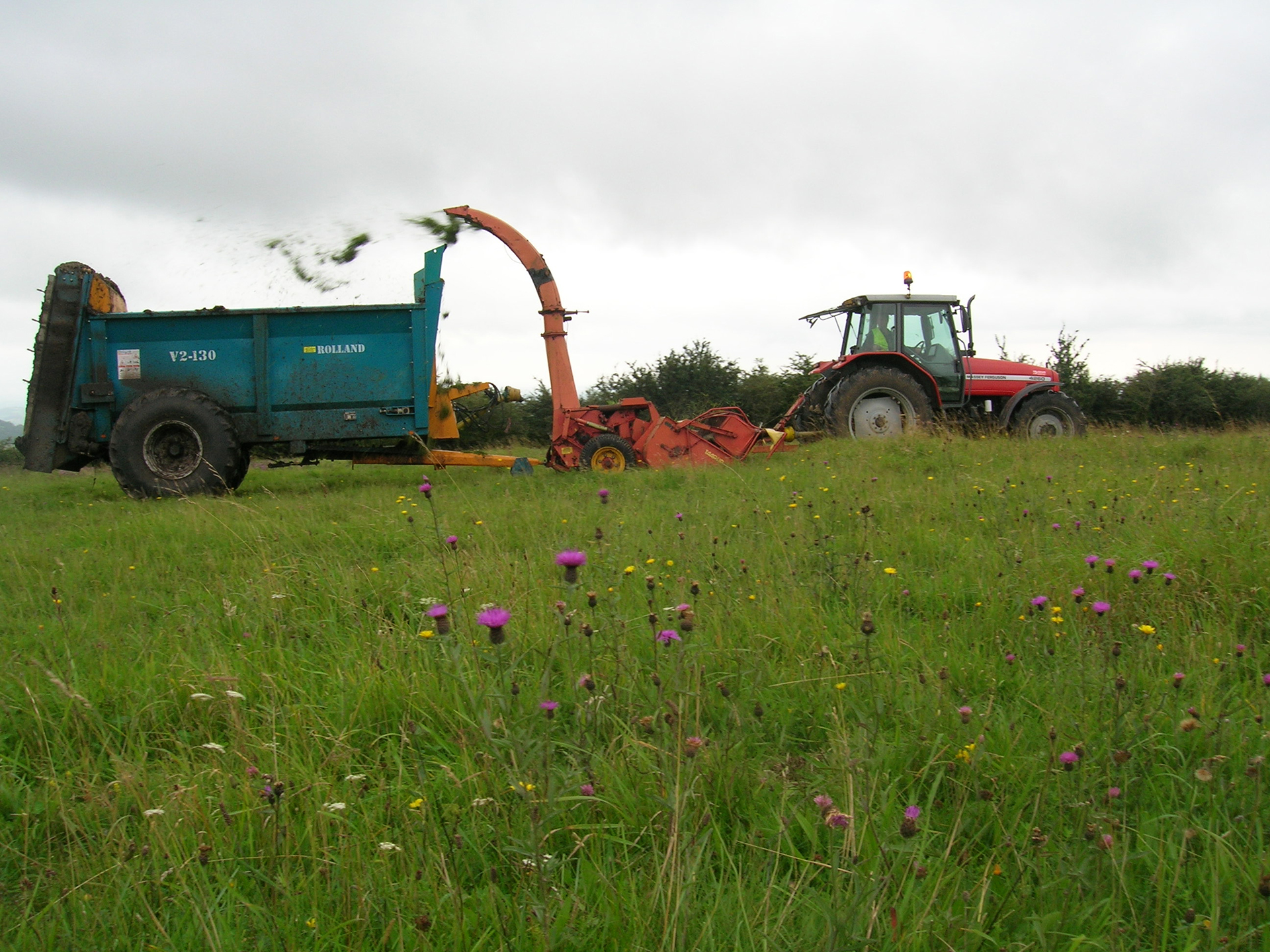
Use of green hay instead of bought seed mixes, which was collected from important meadows within the quarry and used to seed quarry restoration projects.
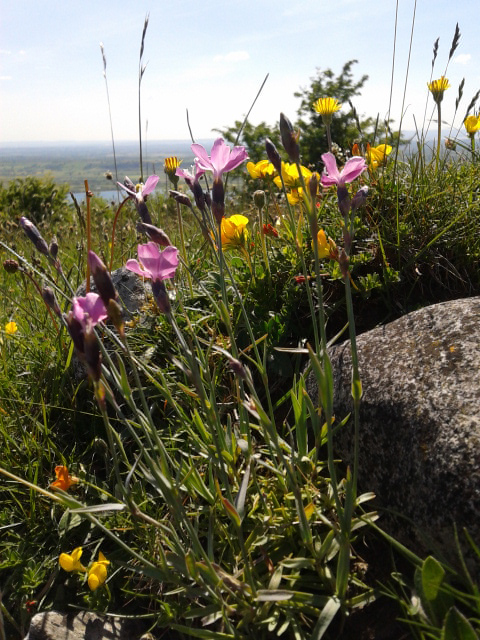
Plants such as the Cheddar Whitebeam and Cheddar Pink (found only in Cheddar) have been cultivated by Hanson and used in the restoration of quarry benches..
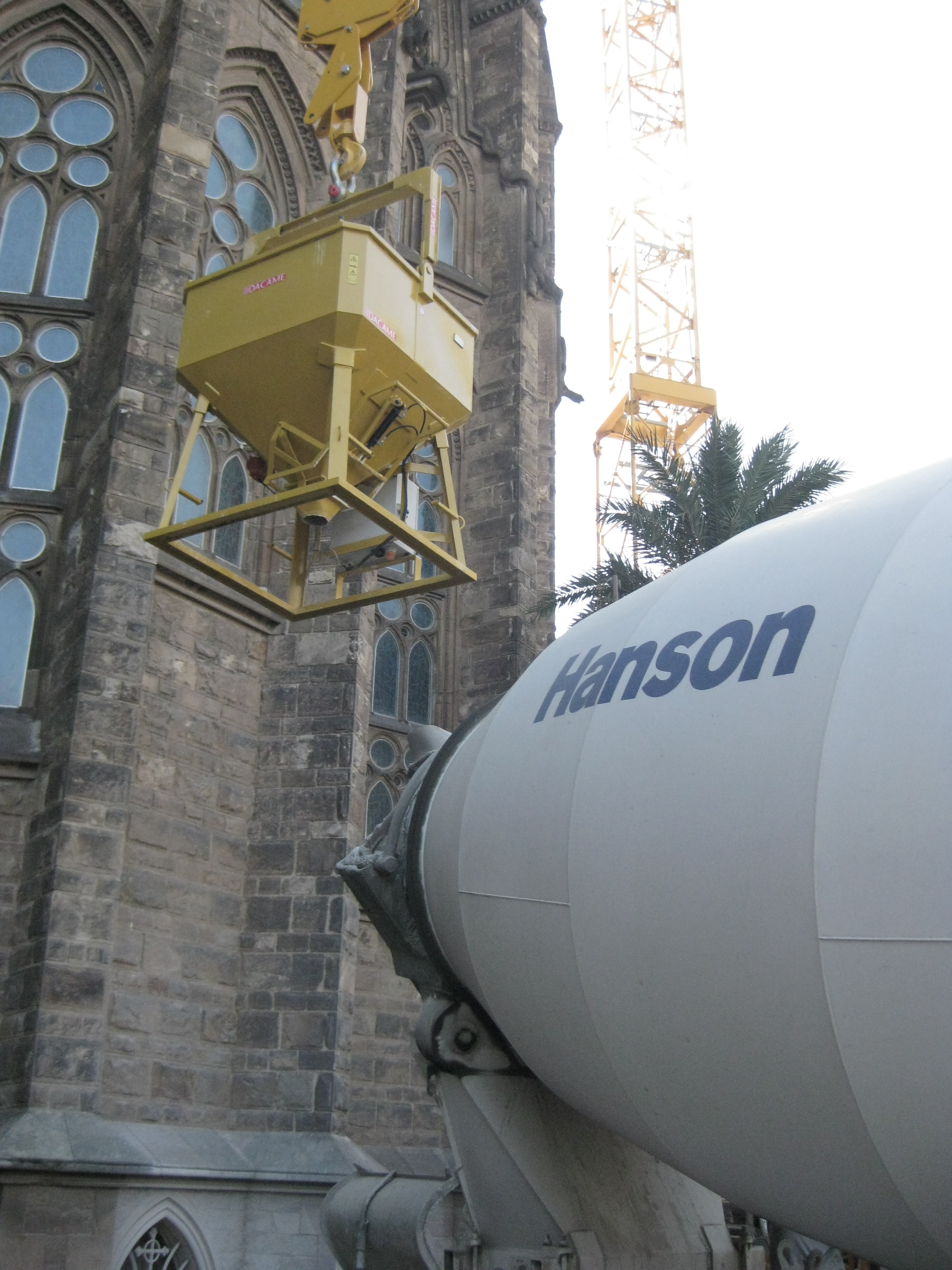
sagrada_familia15.jpg.

Large scale scrub clearance on the Perch SSSI and other areas of important grassland habitats to prevent scrub from destroying grassland communities.

Scrub clearance is followed up by management through cattle grazing and fences and water is installed to facilitate this..

Tree planting on quarry benches and the perimeter to provide habitat corridors for dormice and bats.

Use of green hay instead of bought seed mixes, which was collected from important meadows within the quarry and used to seed quarry restoration projects.

Plants such as the Cheddar Whitebeam and Cheddar Pink (found only in Cheddar) have been cultivated by Hanson and used in the restoration of quarry benches..

sagrada_familia15.jpg.